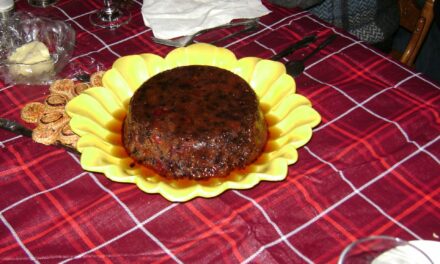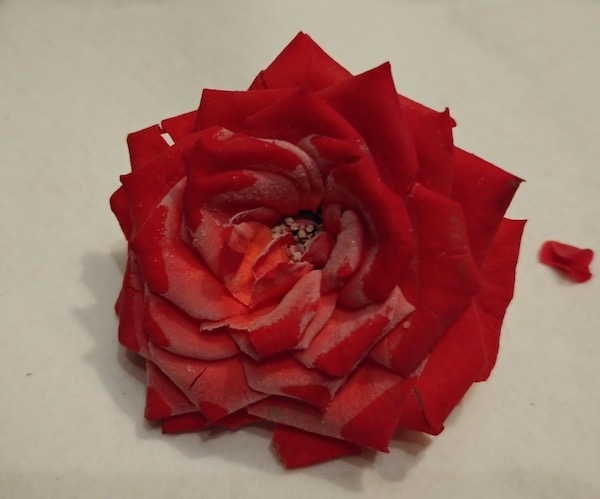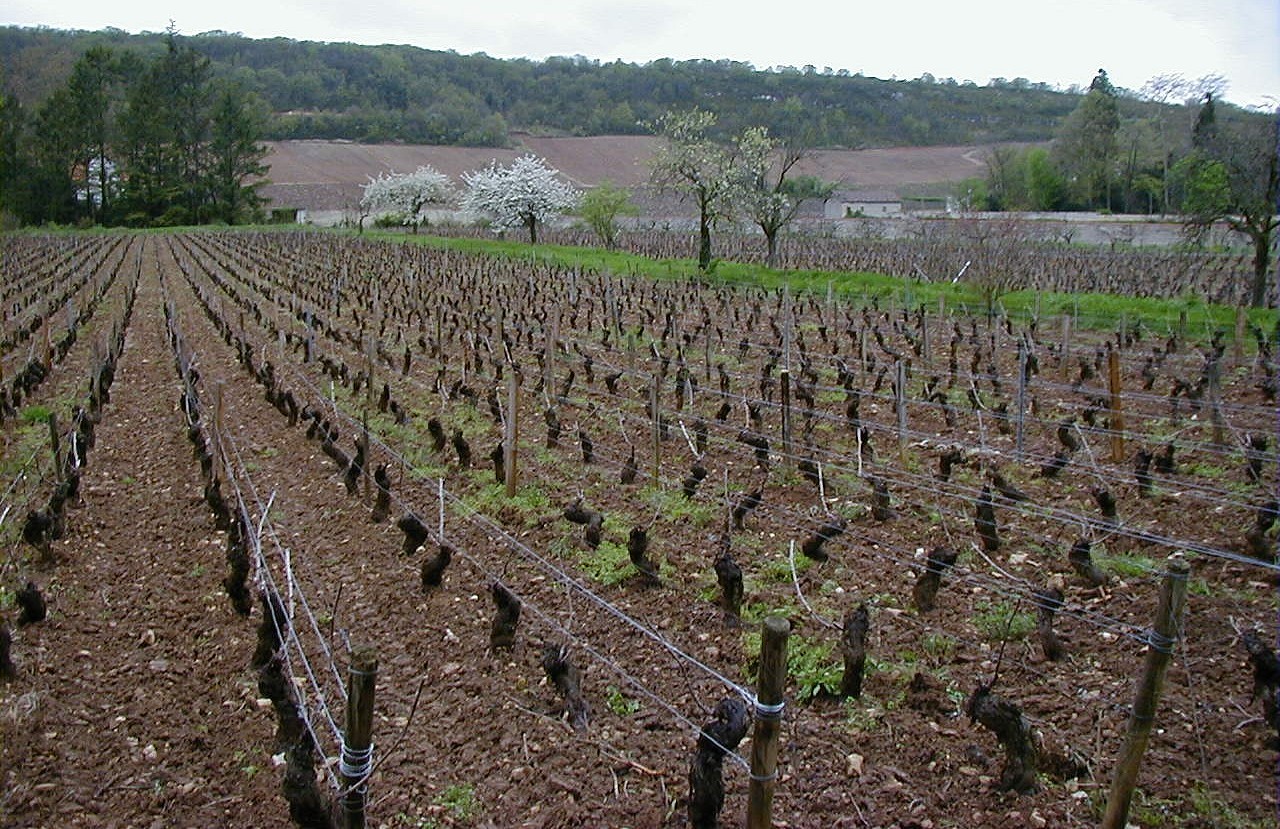By Jamie Drummond
Last week I had the pleasure of spending some time with winemaking maverick and pioneer Geoff Heinricks. He is now making some great wines under the Keint-He label in Prince Edward County.
2007 Keint-He “Foxtail” Chardonnay Prince Edward County VQA Ontario Canada
Heinricks smiles as he explains that this is his very first attempt with Chardonnay, and further to that, this one was made in a Prince Edward County shed with no running water or electricity (before the construction of the Keint-He winery.) The Chardonnay hails from a mere two rows of vines in Hillier’s Foxtail vineyard. Having always had a bit of a love/hate relationship with oak, even at the very best of times, I had some issues with this bottling. Aged in the very best new Burgundian-coopered, French/Hungarian barrels, the nose is dominated by clove, caramel, and whisky lactones, much to the detriment of the fruit. There is a great textural quality on the palate though, which shows that there is some good potential here. I’d like to see wine from these vines in future vintages, once Geoff has bashed those barrels up a little.
![]()
2007 Keint-He “Foxtail” St. Laurent Prince Edward County VQA Ontario Canada
Being a huge fan of Austrian St. Laurent, I was most excited to taste this wine as I was fascinated to see how it fared in the wilds of “The County.” Some years ago Heinricks had an inkling that the varietal would take well to the soils of Prince Edward County’s nascent Hillier vineyards (to say nothing of the mesoclimatic suitabilities), and so he tracked down some cuttings from the tiny Nichol Vineyard in Naramata, British Columbia. Looking at the wine in glass one can see why historically some less than scrupulous Burgundians often chose to surreptitiously add a little St. Laurent to their Pinot Noirs in order to deepen the colour somewhat; It’s undoubtedly a handsome glass of wine. There is some immensely appealing warm, juicy, and spicy black cherry and raspberry on the nose here, aligned well with just a hint of well-integrated Hungarian oak (500 Litre barrels.) A medium-bodied wine with some serious personality. The wine does have an earthiness that distinguishes it from Pinot Noir in my mind. Heinricks views this wine as having a north Italian character and I have to say that I do see where he is going with that comparison. Great structure here, with both strident acidity and good, tightly-wound tannins.
![]()
2007 Keint-He “Little Creek” Pinot Noir Prince Edward County VQA Ontario Canada
Now here is where we get into some controversial territory. The subject of volatile acidity in wine is one that has had me involved in many a heated dinner party conversation with wine lovers and winemakers alike. Volatile acidity, or V.A., the redheaded stepchild of the naturally occurring ménage à trois of aerobic bacterium that is Acetobacter aceti, A. pasteurianus, and to a lesser extent, Gluconobacter oxydans, is one of the most common “faults” in winemaking the world over. The thing is, some of us actually enjoy, nay crave, a reasonable amount of this in our wine. Aye, and there’s the rub (see Heinricks take on the VA issue in the Q & A below.) Now, on to the wine. Whilst perhaps not being for everyone’s olfactory pleasurings, I feel that this is a superb example of cool climate Pinot Noir. It’s truly classic on both the nose and palate: buckets of ripe, juicy, thrillingly acidic red cherries and raspberries with some noticeable spice notes… unmistakably Pinot Noir, and to me, unmistakably (and perhaps more importantly) County Pinot Noir. It’s certainly on the lighter side weight-wise, but what acidic elegance and tannic finesse comes with that reserve. Exceptional to this palate.
![]()
2008 Keint-He “Little Creek – Botrytis Affected” Pinot Noir Prince Edward County VQA Ontario Canada
I was racking my memory banks to recall whether I had tasted a botrytis affected Pinot Noir previously and came up blank. So I guess that this was a first for me? It’s a very interesting colour indeed, looking akin to a rose-tinged, lightly-steeped tea. The nose is most enticing with rosewater, barley sugar, ripe peaches and just a hint of exotic citrus, leaning to bergamont. It comes in at around 14.5% alcohol accompanying 20g of residual sugar. The palate intrigues with a fair amount of acidity to work with that sweetness and a surprising tannic component that keeps the wine lively in the mouth. Heiricks recommends this with charcuterie. Well worth seeking out… I can see myself bringing it along to a few blind tasting sessions that is for sure!
![]()

Jamie Drummond: Please explain a little about your previous project at Domaine de La Reine and how it relates to your current winemaking endeavours?
Geoff Heinricks: DLR is both the label and land that my wife Lauren and I personally own. It’s in suspended animation for a piece, as I have been entirely focussed on the partnership at Keint-he with Ron & Bryan Rogers. However, from the beginning Ron encouraged me by saying that when I was ready to revive it, I’d have DLR in a corner of Keint-he, just like I previously did with the kindness of the Closson Chase principals. DLR only released two wines, which I thought were only worthy of a second label, which was Grand Hiver in 03 and 04.
Ron was looking for a wine-related challenge after he retired from BMO, and was a former buyer of the Grand Hiver vintages. I was pointing out parcels here and there in the County that might suit him when I spotted them. One, which I’d had my eye on since arriving here – where the winery and the Big Lake vineyard sits now – came up suddenly on the market…just about the same time Ken Burford put his 5 acre Little Creek vineyard up for sale. Having helped establish that vineyard with Ken and Yvonne as their consultant, and purchasing a portion of their fruit for the Grand Hivers, I knew how potentially great that vineyard was (especially with the high density, and the two distinct slopes)…and hated to see it end up in the hands of someone who would let it under-perform. (The real estate agents were even telling potential buyers that they would probably have to rip out every other row, because the planting was too dense to work!) So I pointed it out to Ron, he found the challenge and goals worthy, and we agreed that we’d work to get it back in shape and let it reach its potential.
So the partnership was founded. Ron (I didn’t know this until Ken Burford actually told me) also bought the Big Lake site at the same time as well…and then Dan Taylor offered his high density vineyard on Danforth Road to Ron, and a price that worked.
With so much retraining and the amount of dedicated work required to reach the quality levels we aspired to, I had to let my own personal project go away and hide for a bit. Which it has.
JD: How do you address those who are critical of the higher levels of volatile acidity in your wines and how does this particular facet of your wines come about?
GH: VA is one of those things that causes endless hand-wringing and debate, just like Brett (and I like your comment on the 2007 Ata Rangi Pinot Noir Martinborough NZ….”Quite funky also… perhaps a little bit of Brett, but nothing I cannot handle as I have issues with the Brett Police.”). I hope there are a number of people who feel like that with VA. It’s a bit of a ‘does this outfit make my ass look too big’ question, and that’s a type of insecurity my friends have never and will never hear from me. I know it has imperfections. So do I.
Do I love VA? No. Is it a problem with Pinot? Yes, I think more so than with almost any other variety, as the stuffing (anthocyanins etc) don’t conceal it as well as the beefier red grapes do. I try to keep as light a hand on the sulphur as I possibly can, and I am striving towards a balance that works, one that keeps the wine dancing, alive, elegant, and long-lived in the glass or open bottle. When I find that magic point (my learning curve), then I expect 99.9% will not notice even the stitch that is there, and which I suspect must always be there in some tiny portion to give that kind of lift for the rich play of things on the Little Creek nose.
It may also be that it’s something tied to the front 3 acres of Little Creek too, as it has been consistent in the 03 and 04 Grand Hivers, and the 07 Keint-he – which were completely Little Creek in composition. I don’t find it in the back of Little Creek (south facing slope, different clonal mix) nor at the Danforth vineyard planting. And I don’t think there’s perceptible VA in the St. Laurent either, which is from Danforth (the Foxtail Vineyard we call it). I will say that pH is really weird at the front of Little Creek…and it always spikes from 3.2 or so at harvest to 3.8 or higher in the winery. The other parcels don’t do that, so it could be my learning curve really has more to do with understanding the fruit at Little Creek better. I think I have done a decent job so far, but if it unnerves people, well, then it will. I do apologize though, because the last thing I’d want is to ruin pleasure.
As I said, our other vineyards don’t have this issue, and all share the same regiment in the field and cellar. Those might be the Keint-he bottlings people who can’t get past any VA might gravitate to, and those who find a touch of VA thrilling will follow Little Creek Closson (the front 3 acres).
I don’t know. Yes, I can improve greatly in what I’m doing. But I’d feel much worse if I killed the type of really exciting things we’re seeing from that site by whacking the wines with too much sulphur and caution; I’d rather flirt with the funk than present an embalmed corpse.
And truthfully the VA disappears fairly swiftly on opening the 07, if it’s perceived…and I so hope customers find the next hours or even day or two with the wine are worth it.
JD: One thing that I have noticed with so many wines from The County is that I feel them to very much express the stylistic leanings of the Winemakers in question… perhaps even more so than the individual terroirs. What are your thoughts on this?
GH: The terroirs are only peeking out at this point, as you’d expect, other than the more easily perceived pan-regional ones such as lighter alchohol, elegant (let’s say Coco Chanel-like) frame, and an elusive ‘minerality’.
I’ve always been fascinated by this question, and I personally hope that we as winemakers will only sign the bottom of the canvas, rather than showboat as the central element. I’ve read a few writers muse that winemakers make wines that reflect their wives…and I don’t know what to do with that one. I’m not sure Lauren would be flattered. It’s a romantic, psychological interpretation…maybe on the order of people owning dogs that look like them…or one that, as a cartoonist, I’ve always noticed, which is that most artists look like their cartoons.
Knowing the winemakers and their wines out here – some much better than others – I do see a lot of similarities. This certainly isn’t a conscious relationship or mirror, but more likely the result of the decisions made all along the way, from vine to vat and bottle. The capacity for risk and degree of certitude, and a sense of what wines really trigger a winemaker’s cerebral cortex I guess are the key elements of how this develops. I would expect that those that are more comfortable in their own skins might oversee more individual wines, while those that aren’t will turn out the ‘Look at me, look at me, please like me’ ones Randall Grahm likes to tease.
JD: Tricky question, but how would you describe your personal winemaking style (both at DdlR and now Keint-He)?
GH: Tricky and hard. I’m on the couch here, right?
I would say observant, hands-off, and maybe a tad too intellectual in how I react to the season and the grapes that we get. The result might not be immediately commercially consistent, or Brand-able, but I hope there is always a recognizable core in letting the wines be what they want to be in each case, because the sites they come from are so brilliant.
I want to get out of the way of things, so we have about as minimal handling and intervention as you can get away with. It seems like a lot of my winemaking influences have died recently. I try to tread as close as I can to approaches used by Jayer, de Montille and Robert Chevillon. I’ve probably mentally stolen something from about 20% of those profiled in Remington Norman’s Great Domaines of Burgundy. I also greatly admired the spirit and drive of Didier Dagueneau, the continued intellect, humour and honesty of Randall Grahm…and about a hundred other winegrowers who influence me in ways I can’t readily explain.
I’ve come to believe that winemaking should be the artful, playful misdirection of decay before death.
And so I’m not entirely sure how I feel about purely fruit-driven wines. I think wine is a food that must transubstantiate (in the non-religious manner) and should be greater than just cherries or raspberries or plums or blueberries. Sure, these things should haunt in some way, and gambol about the mouth. But as part of a great theater troupe. We don’t expect cheese to taste like milk, or bread to taste like wheat and yeast. We anticipate and enjoy a complexity, a changing, that is greater than the building blocks. And I’m leaning more to watching our wines develop a richness of texture, flavour complexity, mood – and provide surprise with food – that goes beyond the simple shorthand of fruit impersonations.
We’re all entertained by and admire a skillful mimic, but only to a point, and only for so long. It’s not much of a step up from making balloon animals.
JD: When it comes to County Pinot Noir who do you feel is doing a particularly good job?
GH: James Lahti at Long Dog, Deborah Paskus at Closson Chase, Bruno Francois at Old Third (just licensed on Friday) I’d say have wines that excite and thrill me. Norm Hardy (eponymous) and Dan Sullivan at Rosehall Run also provide pinots in the top tier which I respect, but they don’t yet press my hedonistic and intellectual buttons, but that’s me. We all get wound up differently.
Gilbert Provost at Redtail will get there very quickly, as his vineyard decisions, method and heart are on the right path. Probably start hitting his stride this season forward.
Haven’t tried the recent releases from the Grange, nor the new current crop of wineries who are opening as we speak (Jonas’s stuff at Hinterland might be interesting), so that is all I can say. The list above is exactly the one I give when people ask me.
Edinburgh-born/Toronto-based Sommelier, consultant, writer, judge, and educator Jamie Drummond is the Director of Programs/Editor of Good Food Revolution… and he has always felt that St. Laurent would be the perfect grape for The County.







Thoroughly enjoyed a 10 year old 2007 Keint He magnum recently, no hint of VA to my palate.